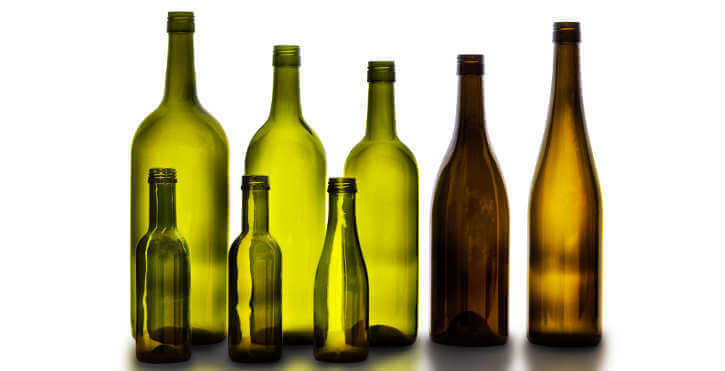Although up to 14 different sizes of wine bottles can be found on the market, it is true that the standard is the 75 cl bottle, or three-quarters of a liter. The origin of this size is not entirely clear, since there are different theories, but it was in the 1970s when the most important countries agreed to adopt this measure for bottles, thus facilitating the collection of customs duties.
Economics is usually the most appropriate response to the realities of our daily lives, and wine was not going to be an exception. There was a problem in the collection of customs duties on wine, as different countries used different sized bottles. The Anglo-Saxons used their system of ounces and fractions, as opposed to continental Europeans, who mostly used the metric decimal system of liters. For this reason, standardization was needed to facilitate customs procedures for wine exports and imports.
Finally, in the 1970s, the industrial countries of Europe first, and then the United States, Canada and the rest of the world, agreed that the universal packaging format for wine should be 750 ml.
Until then, the most commonly used bottles were in the 700 to 800 ml range. The 730 ml bottles were particularly noteworthy because they were approximations of the “fifth of a gallon” measure, the most commonly used in the English system, the origin of the industrial glass bottle.
However, there are experts who point to the early days of glassblowing craftsmanship. Before industrialization, glass bottles were blown by professional blowers and, according to several studies, the average volume that the human lung can dislodge, while performing this task on a sustained basis, ranges from 700 to 800 ml of air. This would then be the reason why these sizes are so common.
There are also scholars who refer to Roman times. Although the Romans did not use glass as a container, one of their measures was the so-called acetabalum, which was around 700 ml, and was the daily ration of diluted wine consumption at the time.
The truth is that, despite the fact that 750 ml is the standard bottle size, wineries and distributors nowadays have headaches when it comes to making large calculations. In the cellars, wine is measured in liters, but when the bottling phase arrives, everything has to be recalculated according to the capacity of the bottles. The consequences of this standard are also noticeable in distribution, since, for example, while the bottles are three-quarter liters, the cases of bottles are usually 12 bottles, which add up to 9 liters.
But the truth is that we are all accustomed to this size of bottle and its use is so common and accepted that it is now part of the global wine culture.
Blog
The origin of the size of wine bottles




